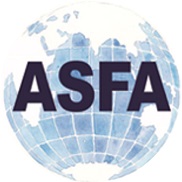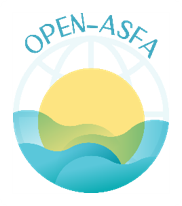Phospholipids profile of the edible clams flesh during different frying processes.
DOI:
https://doi.org/10.71754/instm.bulletin.v46.366Keywords:
Clam fisheries, Nutritive value, Fishery products, Food processing, Chemical composition, Glycolipids, Quality control, Marine, Venerupis decussataAbstract
The effects of frying treatment using diverse gastronomic oils (corn oil, extra virgin olive oil and margarine oil) on the composition of the phospholipids (PLs), nutritional and chemical quality indices were evaluated on the most commercial clams (Venerupis decussata) in Tunisia.The frying treatment resulted in significant changes on saturated (SFA), monounsaturated (MUFA) and polyunsaturated (PUFA) fatty acids in almost fried tissues and fried oils (p<0.05). In all cases, frying method caused important enhancement of the main phospholipids compounds as evidence by the increasement of C16:0, C18:0, C16:1, C18:1, n-6PUFA, arachidonic (ARA) and linoleic (C18:2n-6) acids, while reductions of n-3 PUFA, docosahexaenoic (DHA) and ecosapentaenoic (EPA) acids were observed mostly in the the fried tissues with margarine followed by corn oil. Our results revealed depletions of the nutritional quality indices (n-3/n-6 PUFA, EPA+DHA and DHA/C16:0) in all fried clams (p<0.01). Besides, the chemical quality indices were assessed through thiobarbituric acid (TBAR), peroxide value (PV) and free fatty acids (FFA), resulting in a significant elevation of these indices in all fried clams . Taken all the data together, frying tests with margarine oil induced a significant enhancement of phospholipids composition. However, frying with olive oil seems to be safer for the nutrition and health of humans.













